by Michelle Grace-Williams & Julia López-Robertson, with Genitha Jackson, Tirisha Robinson, Janese Utley, University of South Carolina

I, too, sing America/I am the darker brother/They send me to eat in the kitchen/When company comes/But I laugh, /And eat well /And grow strong/Tomorrow…/They’ll see how beautiful I am/And be ashamed—I, too, am America.
Langston Hughes
The poem above, I Too, Am America, is an example of a culturally relevant poem that could be used by teachers as a vehicle to engage [all] students in discussions about social injustices and issues that may be relevant to them and their lives. Culturally relevant poetry may also be used as a critique to systems of oppression that are present in our society-in this case, specifically race and language. Continue reading


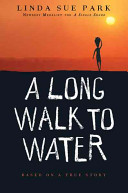
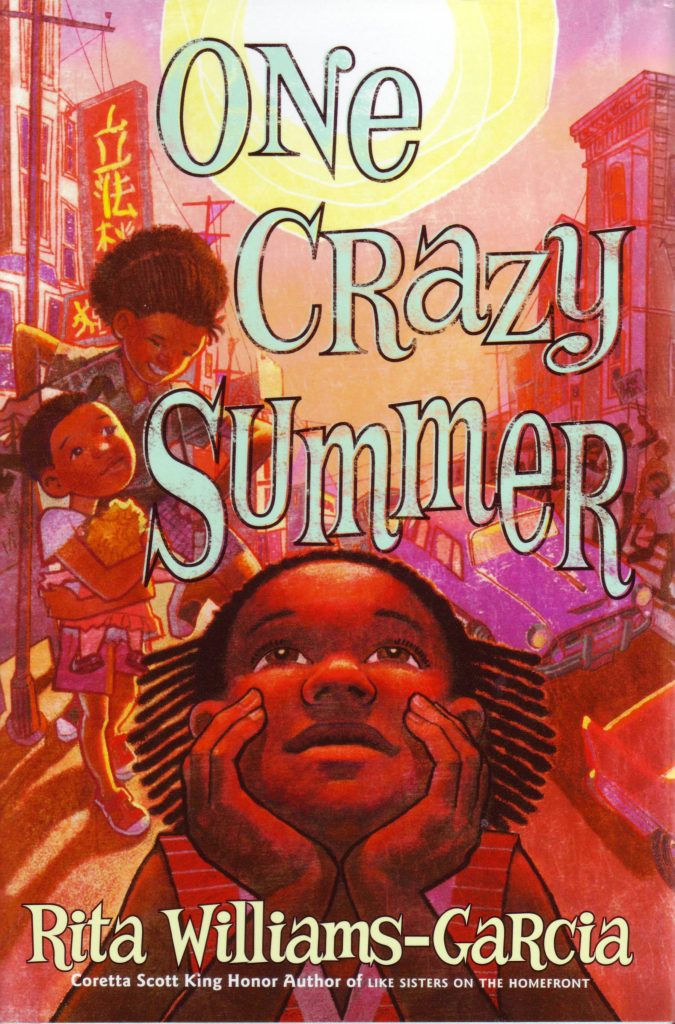
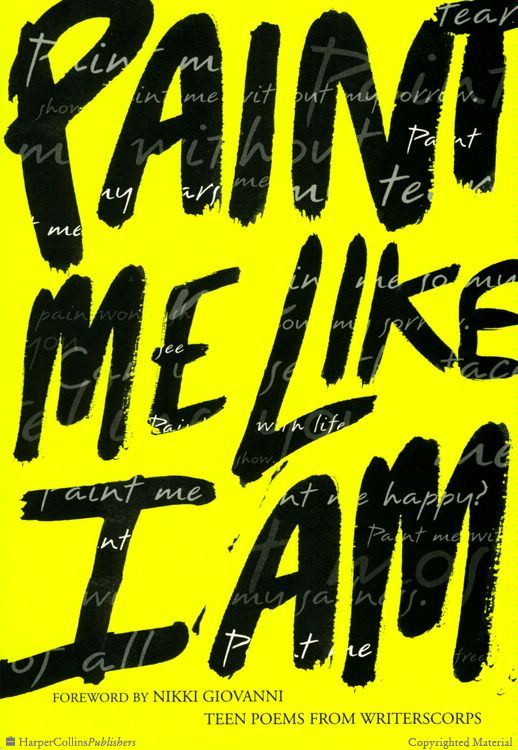
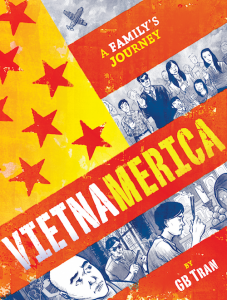
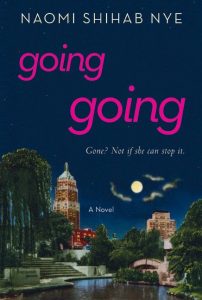
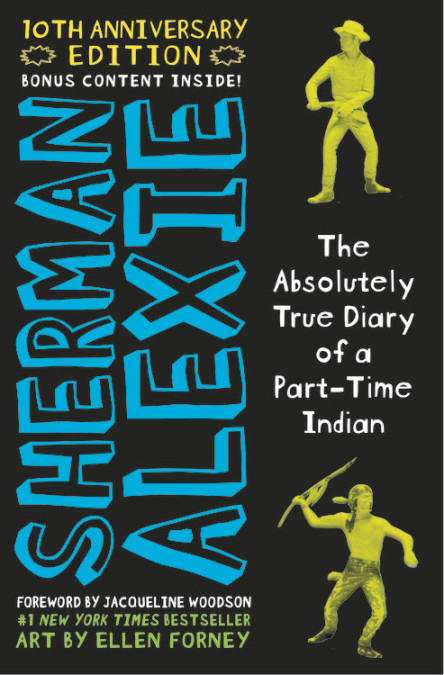
 Yang stresses the importance of being who you truly are and nothing less. As teachers it is our duty to create a classroom environment in which our students can feel free and comfortable being themselves.
Yang stresses the importance of being who you truly are and nothing less. As teachers it is our duty to create a classroom environment in which our students can feel free and comfortable being themselves.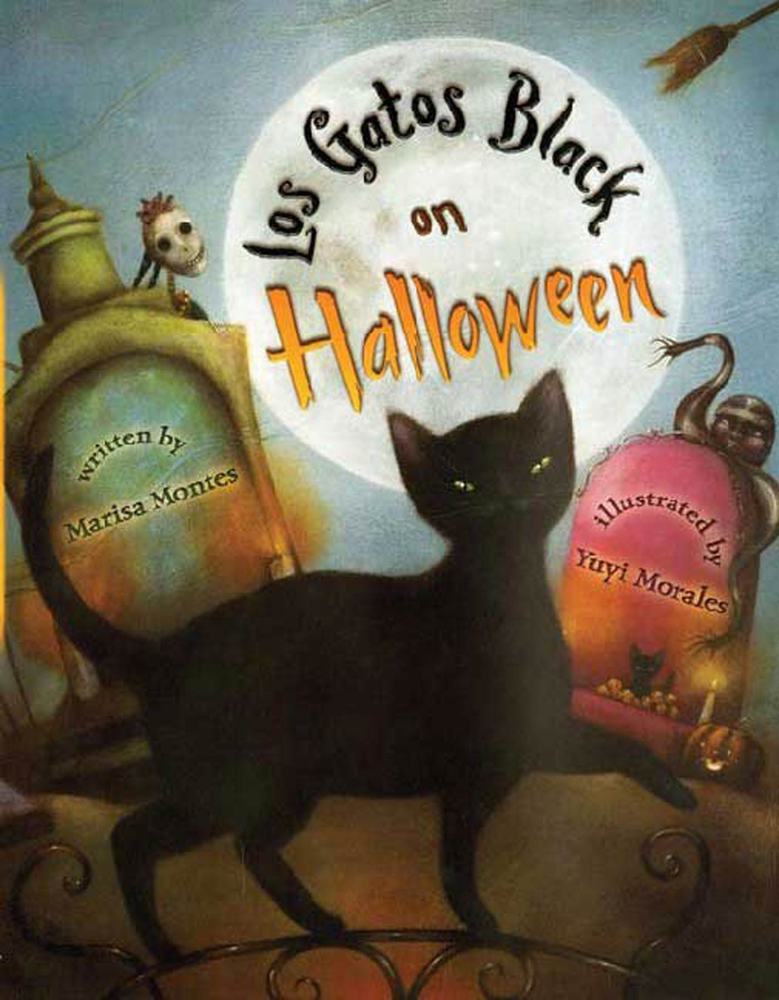
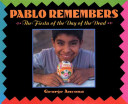 This week two students offer a critique of the book and make connections to course readings in emergent bilingualism and linguistics. We begin with a summary, followed by the strengths and issues and close with teaching connections.
This week two students offer a critique of the book and make connections to course readings in emergent bilingualism and linguistics. We begin with a summary, followed by the strengths and issues and close with teaching connections.